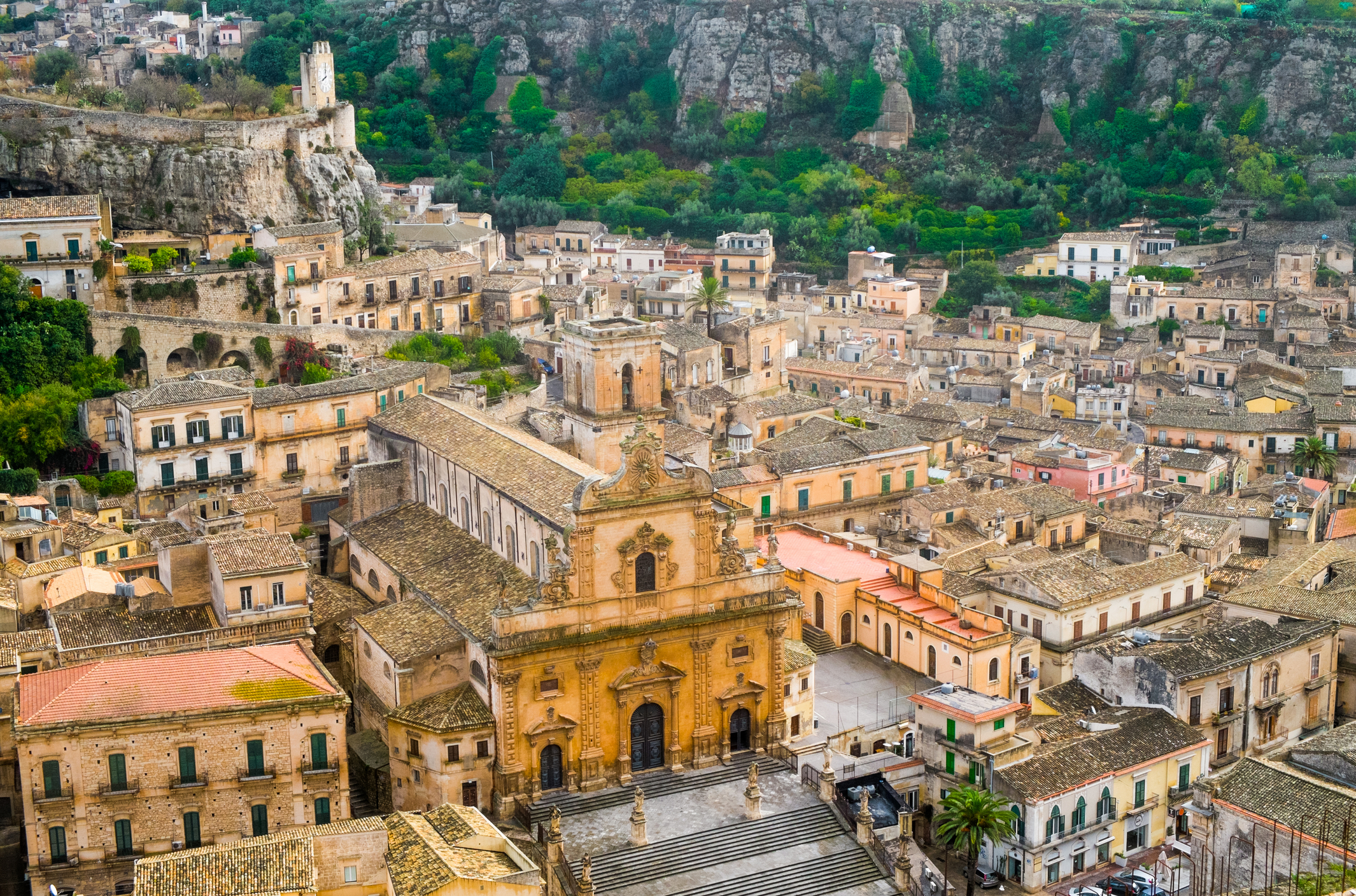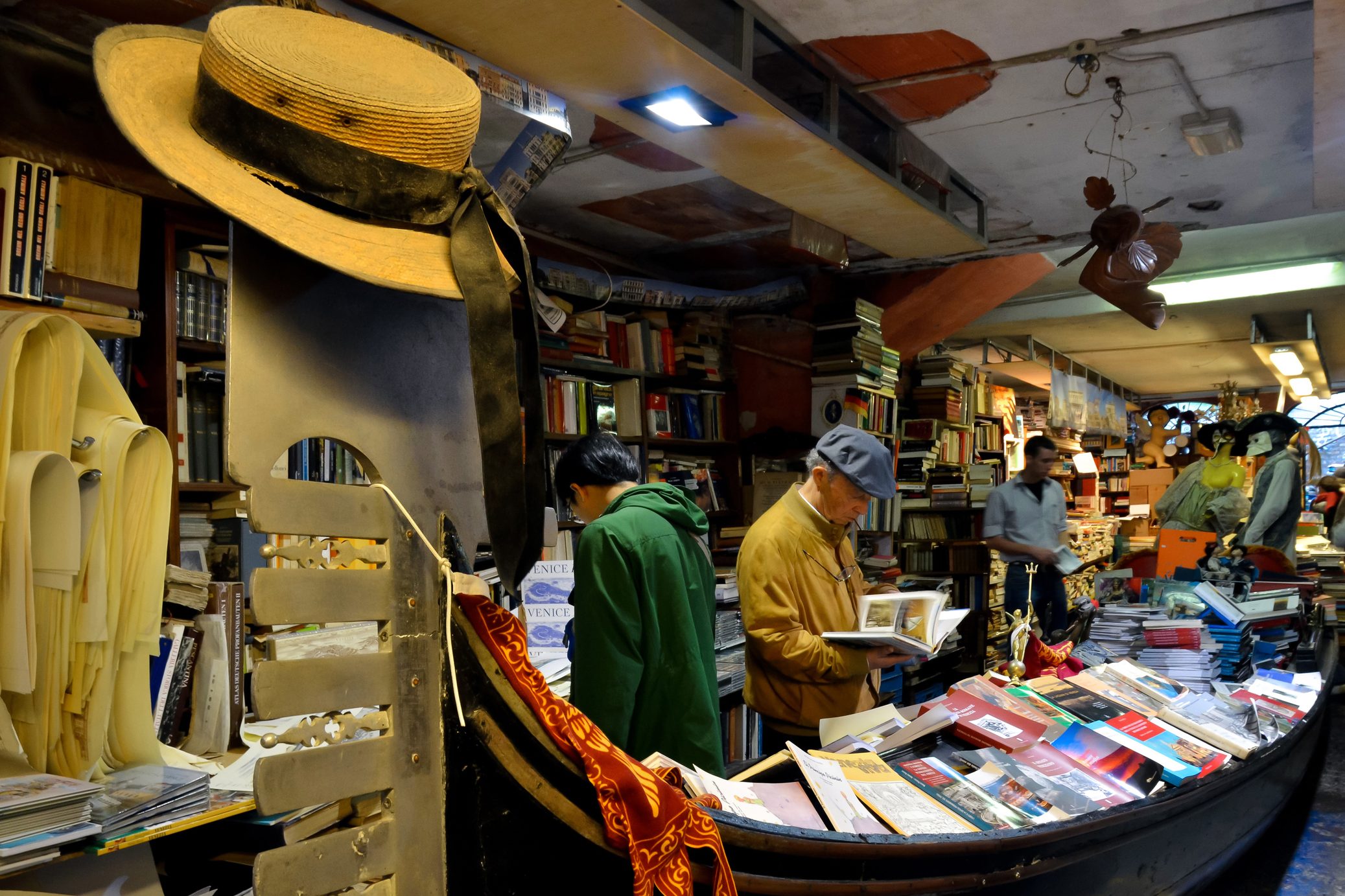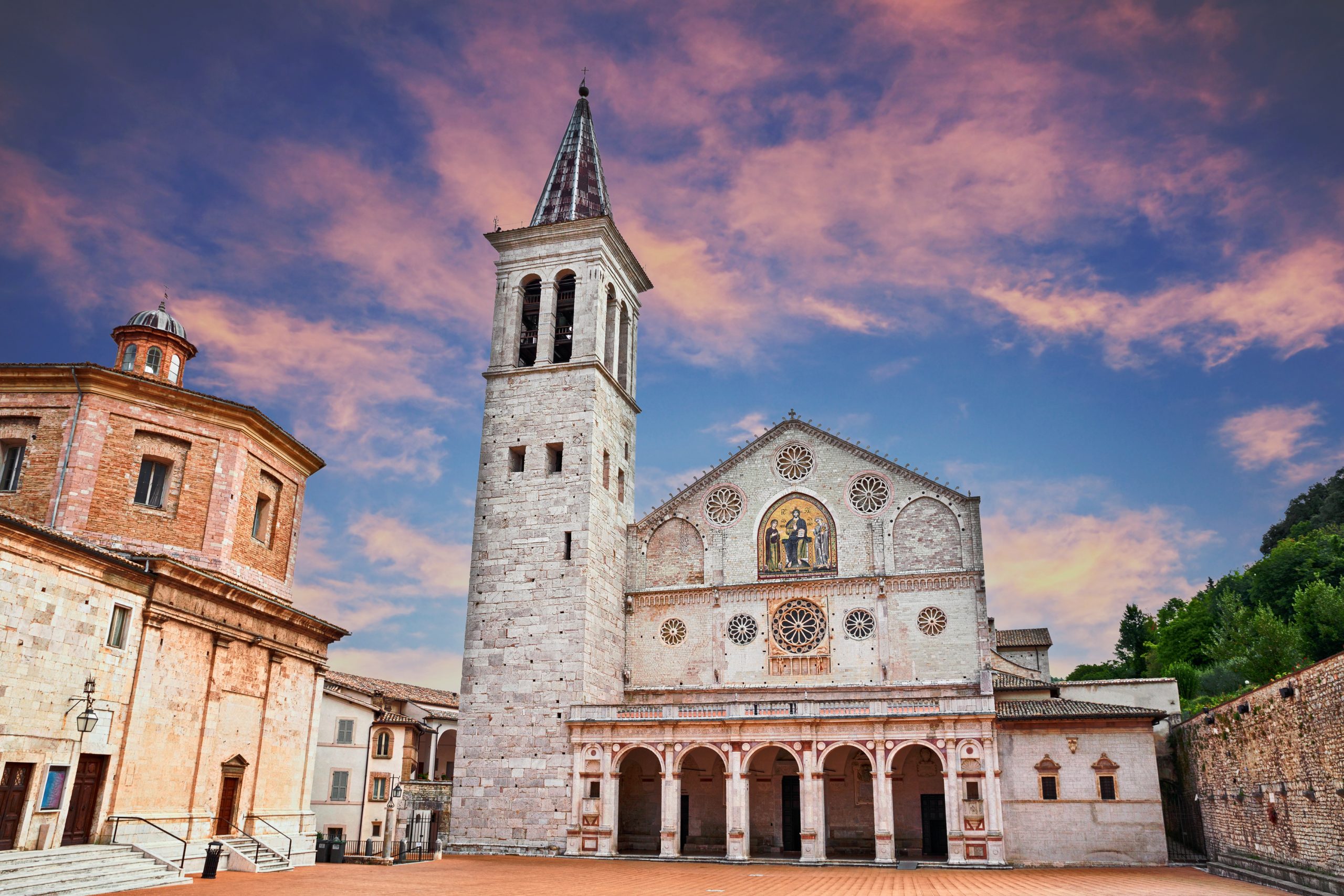Definitely a quieter town than Syracuse or Catania, but not as sleepy as Erice or Monreale, Modica sits perched on a steep hillside. And while it may not have a beautiful sea view like many other Sicilian towns, it has an understated charm that makes it the perfect destination for a day trip from nearby Ragusa or, even better, for a weekend getaway.
One of the town’s perks is, as a matter of fact, the way it has been built, following the unique conformation of the territory: many of the buildings we can see nowadays are extensions of natural caves that were inhabited in ancient times. The most remarkable is the Quarticcio necropolis, an archeological site that features tombs from around the year 2200 BC.
The architecture of the city, too, is famous, and rightly so: Modica is considered to be one of the best places to admire buildings and churches realized in Sicilian baroque style.
The Duomo of San Giorgio, the town’s cathedral, is a perfect example of the grandeur of the churches built in Sicily in the 17th century: it was finished in the late 1600s, despite the three disastrous earthquakes of 1542, 1613 and 1693, and today is a UNESCO World Heritage Site. The most scenic, although somewhat tiring, way to reach it is by climbing the 164 marble steps that, from the road, take you up to the beautifully decorated facade: on each side on the majestic staircase, colorful bougainvillea bushes are nothing but a perfect excuse to snap pictures of the church above and the town below.
The Castello di Modica, too, is worth a visit, as it is one of the most peculiar examples of military historical architecture in the whole island: built and enlarged between the 800s and 1200s, is one of the oldest buildings in town. Also in the city center, the house of Salvatore Quasimodo, born there on August 20th, 1901, is a must see for the literary buffs who love the writer: in December 1959 he won the Nobel prize for Literature, thus becoming one of the most famous Italian writers of the 20th century.
The house, nowadays, has been turned into a museum and can be visited: on display is the same furniture the poet grew up with as a young boy, a vintage Olivetti typewriter he used to pen his masterpieces and a recording of the acceptance speech during the Nobel prize ceremony in Stockholm.
Even though Sicily’s cuisine is mostly known for its amazing fish based dishes, forget about feasting on seafood in Modica: as in most of the province of Ragusa, here you will find a cuisine that is all about meat, fruity olive oil and the ever-present sharp caciocavallo cheese. For a taste of Modica’s most authentic cuisine head to the Osteria dei Sapori Perduti (http://www.osteriadeisaporiperduti.it/), a family run trattoria that is extremely popular with a local crowd that fills it both at lunch and dinner. For a treat, try the fresh, homemade pasta with locally made sheep milk ricotta and green peas: it’s an incredibly simple dish, but also one you won’t easily forget.
A trip to Modica wouldn’t be complete without a stop at the Antica Dolceria Bonajuto (http://www.bonajuto.it/), the town’s most famous and Sicily’s oldest chocolate store. Modica takes its chocolate very seriously and uses an ancient Aztec recipe to produce a variety of bars that are both unique and delicious.
Unlike many other mass produced chocolates, the one made in Modica is 100% handmade and prepared at a low temperature, so the properties and aroma of the cocoa beans remain unaltered. also because of the low temperature, the sugar doesn’t completely melt into the cocoa paste, giving it a unique texture on top of its distinctive flavor given by the cinnamon and ground chili that are added to the bars. Antica Dolceria Bonajuto sells more than 20 kinds of chocolate and all of them can be tasted prior to the purchase: be ready to savor them as you take in the quaint art deco atmosphere of the store.
As the closest airport is Catania Fontanarossa, about 65 miles from Modica, the easiest way to reach the town is by car, following the SS514 from Catania. Otherwise, daily connections link Modica to the Catania and Siracusa rail stations.





























